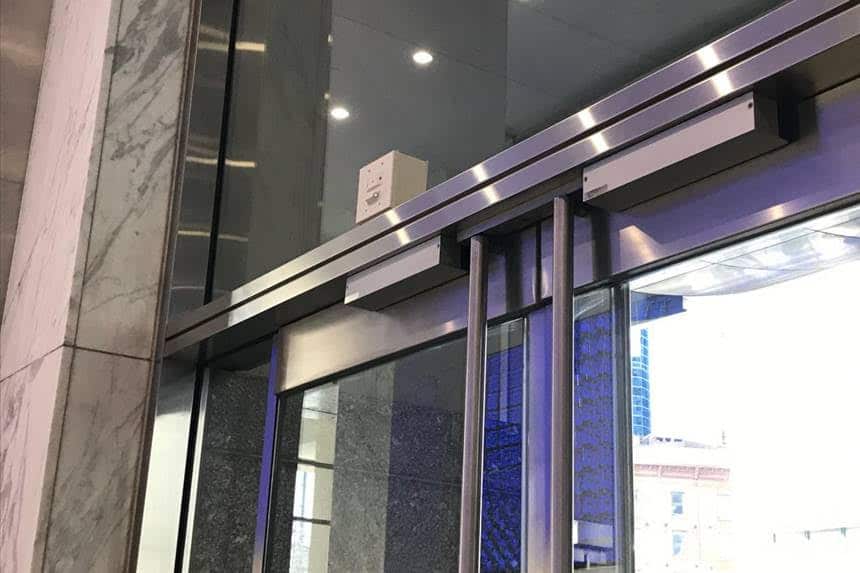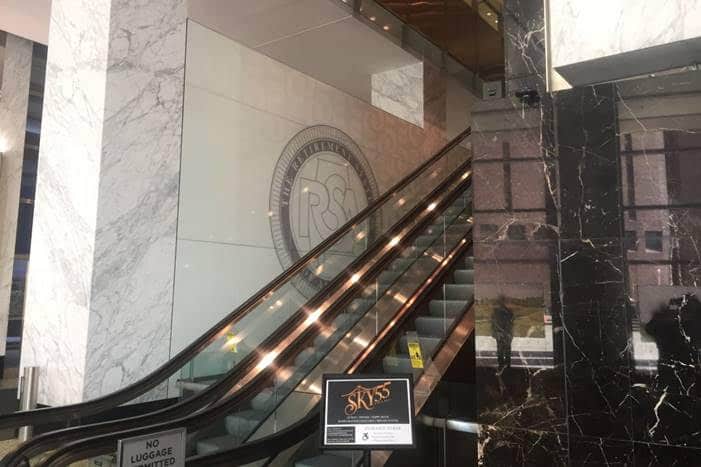Four Active Shooter Attacks in Less than a Week – The Motives?
In less than a week, our country experienced four separate active shooter attacks that left eight people dead, including two of the gunmen, and seven others injured. In a current news cycle that is dominated by politics, pandemics, and protests, these were but small blips on the radar of sensationalism that tends to be dominating our society.
On Tuesday, June 23rd, inside an Applebee’s restaurant located in St. Louis, a lone gunman opened fire on customers dining inside, striking three women, killing one. The suspect had been in the restaurant for up to forty minutes prior to the attack, pacing around and acting strangely, according to reports. He left the restaurant momentarily, then came back inside and began his rampage on the unsuspecting victims dining inside. He fled the scene but was taken into custody the next day. Currently, there is no known motive or connection between the shooter and the victims.
The second attack occurred on Friday, June 26th, at a Bunn-O-Matic warehouse facility in Springfield, Illinois. The suspect, an employee of the facility, shot and killed three co-workers in a matter of minutes. One of the victims was shot in the parking lot area while two others were shot and killed inside the facility. The suspect fled the scene prior to the arrival of law enforcement but was later found dead in his truck from a self-inflicted gunshot wound.
The third attack occurred on Saturday, June 27th, at a Walmart Distribution Center in Red Bluff, California. The suspect, a former employee who had been terminated in February, crashed his SUV into the facility, which then caught fire, and began his rampage utilizing an AR-type rifle. During his assault, one person was killed, and four others were injured. Responding officers arrived at the facility nearly ten minutes after the assault began and engaged the suspect in a gunfight and the suspect was mortally wounded during this exchange of gunfire. Due to the fire inside the facility, law enforcement’s ability to clear the remainder of the building was severely delayed until fire personnel could respond and extinguish the blaze.
The fourth attack also occurred on Saturday, June 27th, at a peaceful protest being conducted at Jefferson Square Park in Louisville, Kentucky. A lone gunman, seen here on video, took the firearm away from another protestor and began randomly firing at the crowd in the park. One person was struck and killed before other bystanders returned fire and struck the shooter in the leg which stopped the attack. The shooter was taken into custody a short time later with non-life-threatening injuries.
At this point, the motive of all four attackers remains unknown. At the end of the day, does that really matter? If we had known their motive prior to their attacks, would it have changed anything or stopped the attack from occurring? The answer is NO.
Mass casualty and active shooter attacks have become an unfortunate but consistent manifestation of evil in American society. While every organization should continue to focus on education of pre-attack indicators, it is incumbent on every organization, corporation, school, house of worship, and INDIVIDUAL, to get and remain prepared to respond to such an event. The only way to respond decisively under critical stress is through prior training. If your organization has not implemented such training and protocols, demand it. Many risk managers and security personnel unfortunately still have the “Oh yeah, we need to do that” or, even worse, the “it won’t happen here” approach. History has proven that these attacks can happen at any time and at ANY place.
Whether you are at work, the mall, a cookout, church, or simply out for a walk, being empowered with the knowledge and skills to survive any type of violent attack is an absolute life skill. Make it your responsibility to obtain these skills.
For more information about how we can help your organization, visit us at www.defendsystems.com or call us at 615-236-6484.




